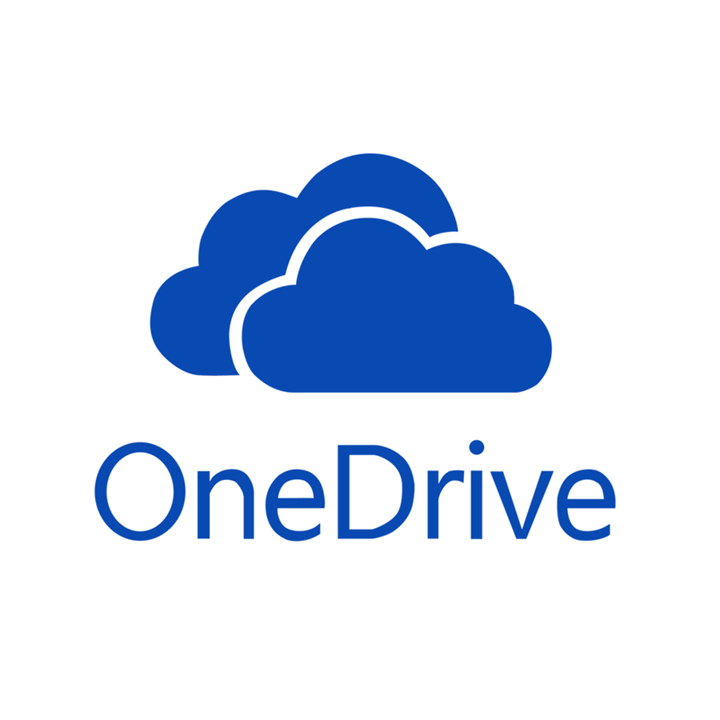When it comes to architecture, there is technology and there is technology. On the grander scale, technology has essentially revolutionized building design. From Building Information Modeling (BIM), to virtual reality, Computer Aided Design (CAD) is no longer a futuristic fantasy. It is an integral part of the architectural process and firms are being forced to update and upgrade in order to thrive.
On the smaller scale, there is the humdrum technology that architects and regular people—like clients—use to communicate. Tech savvy architects know this type of generic computer literacy is as critical to the design process as the “cool” design software. Yes, it seriously lacks the “wow” factor, but it is the universal language by which daily business is conducted.
Here are 5 tech savvy tips to ensure you know your TIFs from your JPGs.
File Sizes
When it comes to sharing your work with client’s or contractors online, size definitely matters. Unlike print photos that require a higher resolution, a photo designed for web viewing can be low res, and therefore sent in a much smaller file. The upside here is less time to download and the ability to see the entire photo at a glance. Larger files take up unnecessary storage space, and once opened, can possibly be larger than the screen which makes viewing difficult. The rule to follow here would be: Less is more.

Replace Downloading with File Sharing in the Cloud
Make sure your tech savvy repertoire includes the latest file sharing services like Dropbox, Google Drive, and OneDrive. These options eliminate the need for clients to waste valuable time and hard-drive space downloading. Downloading is out. File sharing is in.
Old School is Old School
Your presentation boards were not designed to be viewed online. To email them would be a mistake. The text and images will be difficult if not impossible to read clearly and a larger file necessary to view details will be a hassle for recipients. And speaking of texts, it’s okay to add short labels but when sending images, steer clear of long passages of text. Information sharing is more efficient if accompanying text is copied and pasted separately.
Hyperlinks are Helpful
One of the handiest devices on the toolbar is the hyperlink. It’s simple to create a link to another website, article or project when you want to provide more information. You can keep your message to a minimum and with one click, your recipient can easily and conveniently expand their knowledge when and if they so choose.
Know Your File Types
Images can be sent as any number of different file types. JPGs are a good go-to option that work for both print and online. PNGs are great for the web, but not appropriate for print. Avoid TIFs for online communication as they are larger files more suitable to printing and can take forever to load. PDFs are a good choice but be sure to check their color rating. RGB color is for best for the web and CMYK color is designated for print.
Being ignorant of basic computer principles could result in serious miscommunication and client frustration. The bottom line: In today’s competitive climate, tech savvy means being current in the latest laymen’s computer lingo. Otherwise, you’ll be speaking but nobody will be listening.
Want some inspiration for your next project? Check out our comprehensive, design resources here.

